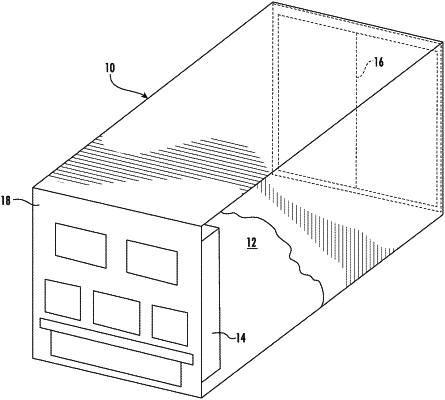| CPC F25B 49/02 (2013.01) [F25B 9/008 (2013.01); F25B 2700/13 (2013.01); F25B 2700/2106 (2013.01)] | 15 Claims |

|
1. A transport refrigeration system comprising:
a compressor, a heat rejection heat exchanger, a flash tank, an expansion device and a heat absorption heat exchanger arranged in a serial refrigerant flow order to circulate a refrigerant;
a controller configured to:
determine a presence of at least one condition of the transport refrigeration system; and
initiate a low refrigerant charge detection process in response to detecting the presence of the at least one condition of the transport refrigeration system, wherein the at least one condition comprises a relationship of an ambient air temperature to a critical point of the refrigerant;
wherein the controller initiates a dynamic test as part of the low refrigerant charge detection process when the ambient air temperature is less than the critical point of the refrigerant;
wherein the dynamic test comprises:
determining that an internal cargo space air temperature is equal to the ambient air temperature;
determining that a discharge pressure of the compressor, a suction pressure of the compressor and a flash tank pressure are equal to each other;
upon (i) the internal cargo space air temperature being equal to the ambient air temperature and (ii) the discharge pressure of the compressor, the suction pressure of the compressor and the flash tank pressure are equal to each other, powering on the compressor to initiate a cooling cycle;
determining the refrigerant charge based on a relationship between the ambient air temperature and the flash tank pressure.
|